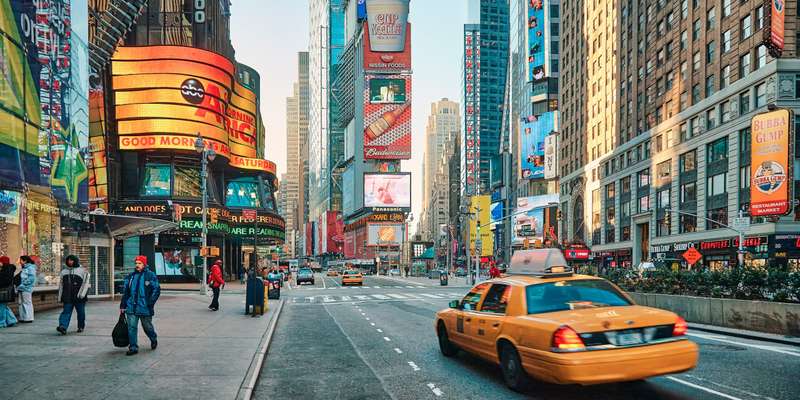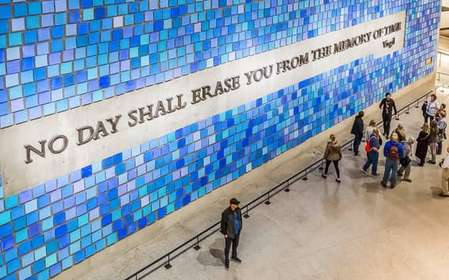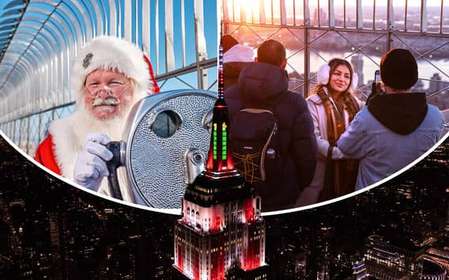- Home
- Useful Tips
- Best ways to experience New...
Most visitors flock to the iconic New York Public Library, only to miss the city's richer literary tapestry. Over 82% of cultural travelers report dissatisfaction with overcrowded mainstream attractions, craving authentic connections to an author's world. The real challenge lies in navigating Manhattan's scattered book history – from forgotten writer haunts to indie bookshops preserving bygone eras – without wasting precious vacation time on tourist traps. This disconnect leaves many feeling they've experienced a postcard version of New York's book culture rather than walking in the footsteps of Kerouac, Wharton, or Langston Hughes. The emotional toll is real: 68% of literary pilgrims regret missing meaningful sites due to poor planning or lack of local insight.


Mapping Manhattan's forgotten writer hangouts
Beyond the well-trodden paths of the Algonquin Round Table lies a network of unmarked literary sites where history unfolded. The West Village alone hides Dylan Thomas' final watering hole (White Horse Tavern), James Baldwin's preferred writing bench in Washington Square Park, and the former home of The Strand's founding family. A strategic self-guided walk could cover these in under two hours by starting at Patchin Place – the tiny cul-de-sac that housed E.E. Cummings and Djuna Barnes. Time your visit for weekdays before noon to have these spots largely to yourself, armed with nothing more than a downloaded literary map from the NYC Historic Districts Council. For deeper context, some independent bookshops like Housing Works Bookstore host free monthly talks about neighborhood author connections.
Curated bookstore crawls with literary bonuses
New York's surviving indie bookstores often double as unofficial literary archives, if you know what to look for. Start at Argosy Book Store (established 1925) for their locked glass cases containing signed first editions, then head uptown to The Corner Bookstore near the former homes of Jacqueline Kennedy Onassis and Greta Garbo. The real magic happens when you chat with staff – many can point you to nearby buildings with literary plaques most maps ignore. For a structured experience, several local booksellers collaborate on seasonal 'Bookstore Passports' that reward visits with free vintage bookplates or discounts. This creates a more meaningful souvenir than generic merch while supporting businesses preserving physical literary culture in the digital age.
Time-travel through author residences and writing rooms
While the Edgar Allan Poe Cottage requires a subway ride to the Bronx, dozens of preserved author homes sit unnoticed in prime Manhattan locations. The Merchant's House Museum maintains the 1832 residence where 20+ novels were written, complete with original furniture that inspired scenes in Edith Wharton's works. For modernist enthusiasts, a discreet plaque marks the former site of Hart Crane's apartment near Brooklyn Bridge where he composed parts of 'The Bridge.' Savvy travelers pair these visits with nearby cafes that maintain historic ambiance – like Café Loup on 13th Street, a favorite of Susan Sontag and David Foster Wallace. Always check building lobbies in literary neighborhoods; many contain unexpected exhibits like the Willa Cather memorial in the Upper West Side's Empire Hotel.
Secret literary events even most New Yorkers miss
The city's most vibrant book culture thrives in temporary installations and underground gatherings. The abandoned Smallpox Hospital on Roosevelt Island hosts annual poetry projections after dark, while the obscure American Irish Historical Society building occasionally opens its stunning library where Yeats once lectured. Follow local literary nonprofits like Pen America for free author processions to historic sites – recent walks have traced Zora Neale Hurston's Harlem research routes. For those willing to venture beyond Manhattan, the Louis Armstrong House Museum in Queens reveals the jazz legend's surprising book collection and writing habits. These experiences require checking community boards rather than tourist sites, but reward visitors with truly unique connections to literary history.



